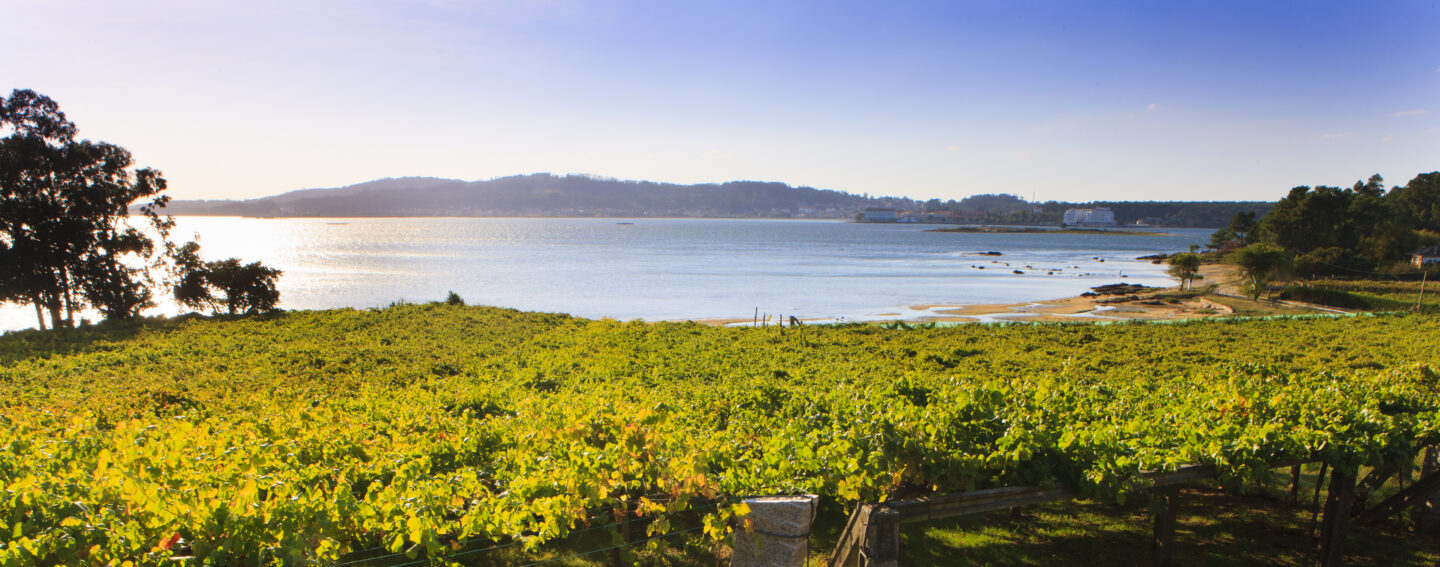
In an area that is more reminiscent of Ireland than much of Spain, Galicia is the land of green. This is evident by the lusher landscape, green fields covered in mist, and the wet Maritime climate which is heavily influenced by the Atlantic Ocean. The coastline is marked by jagged inlets and shallow fjords known as “rías.” And it is here in the “lower” rías of Galicia that we find the vineyards of Rías Baixas.
Rías Baixas is often thought of as the land of Albariño and for good reason. This renowned grape variety is native to the region, and the Albariño wines produced here have set the benchmark for Albariño production around the world. But this wine region, located on the Atlantic Coast of Spain in the northwest autonomous community of Galicia, is about more than just a single grape. There is rich history and culture amongst beautiful landscapes and it is all ripe to be discovered by wine lovers and curious travelers alike.
Dive a little deeper into this region and it’s easy to see why the Albariño wines of Rías Baixas are favorite selections among American wine buyers and sommeliers, who have positioned them as world-class white wines on par with the best of France, New Zealand, Austria, and other top regions. Crisp and refreshing to taste with pronounced citrus, stone fruit, and floral aromas, the Albariño wines of Rías Baixas offer a wide range of premium, authentic choices that reflect their coastal origins in Spain.
The History and (Viti)Culture of Rías Baixas
It’s not just the landscape that feels like a close relative to Ireland, but the history of the region also has a Celtic connection. A Celtic tribe called the Gallaeci settled on the coastline here 2500 years ago, leaving remnants of language, pagan festivals, and even bagpipes that are still part of the modern regional culture.
When the Romans conquered the Celts, they planted vineyards and established viticulture and global trading. Winemaking continued to grow as the French Cistercian monks moved into the area in the 12th century, bringing their own skills with them to the vineyards. Then, throughout the 14th and 15th centuries, viticulture in this area continued to flourish with the establishment of trade routes throughout Europe and the New World.
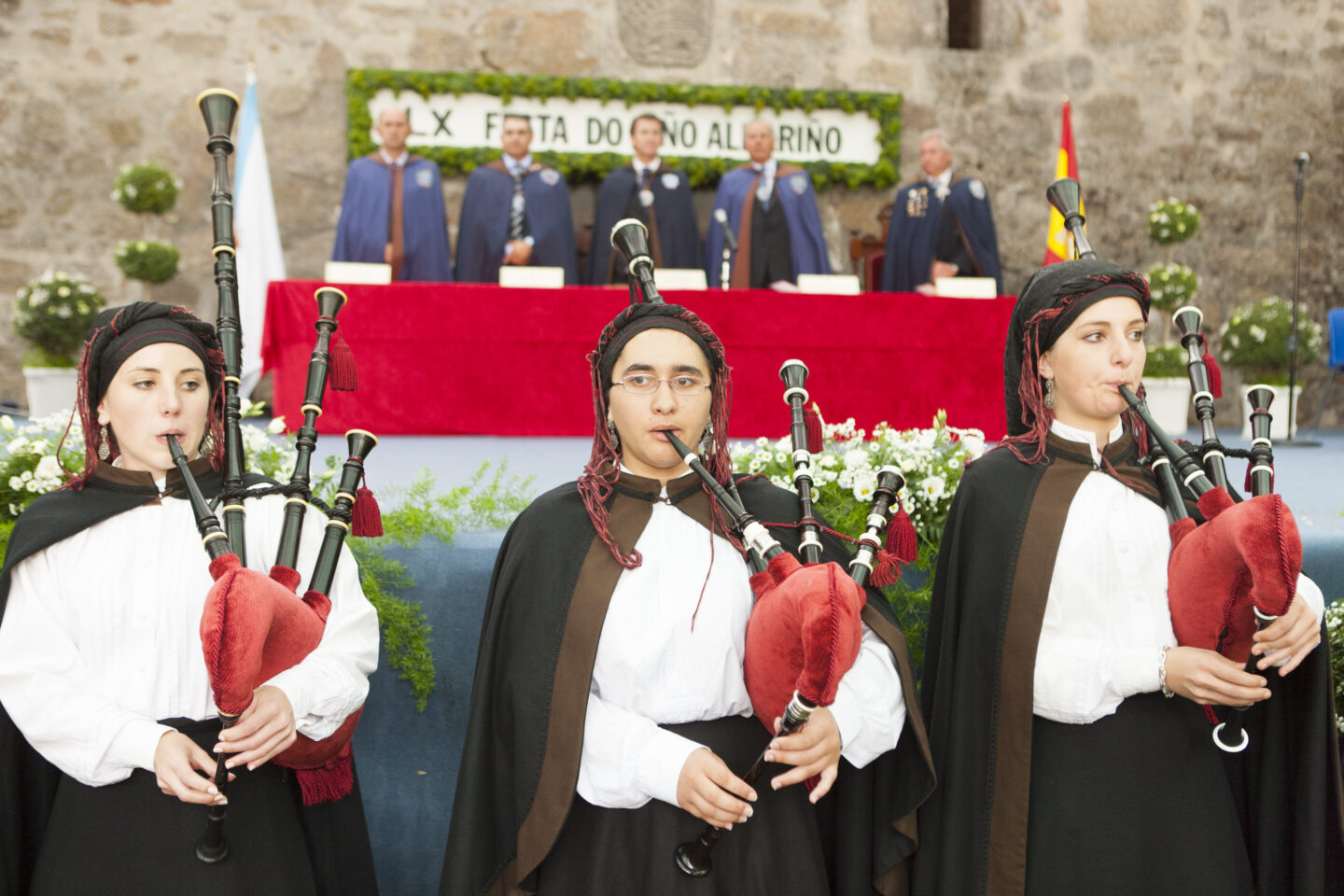
As viticulture advanced throughout the years into modern times, it became obvious that a particular grape was becoming a star on the global market. An indigenous white grape, Albariño is perfectly suited to the climate of its homeland, which allows for ideal ripeness while maintaining fresh acidity and minerality through a combination of factors such as Atlantic breezes, abundant sunshine, cool nights, rainfall, and mineral-rich granite and schist soils. It is here in this green, lush region of Spain that we find the purest expression of Albariño.
DO Rías Baixas
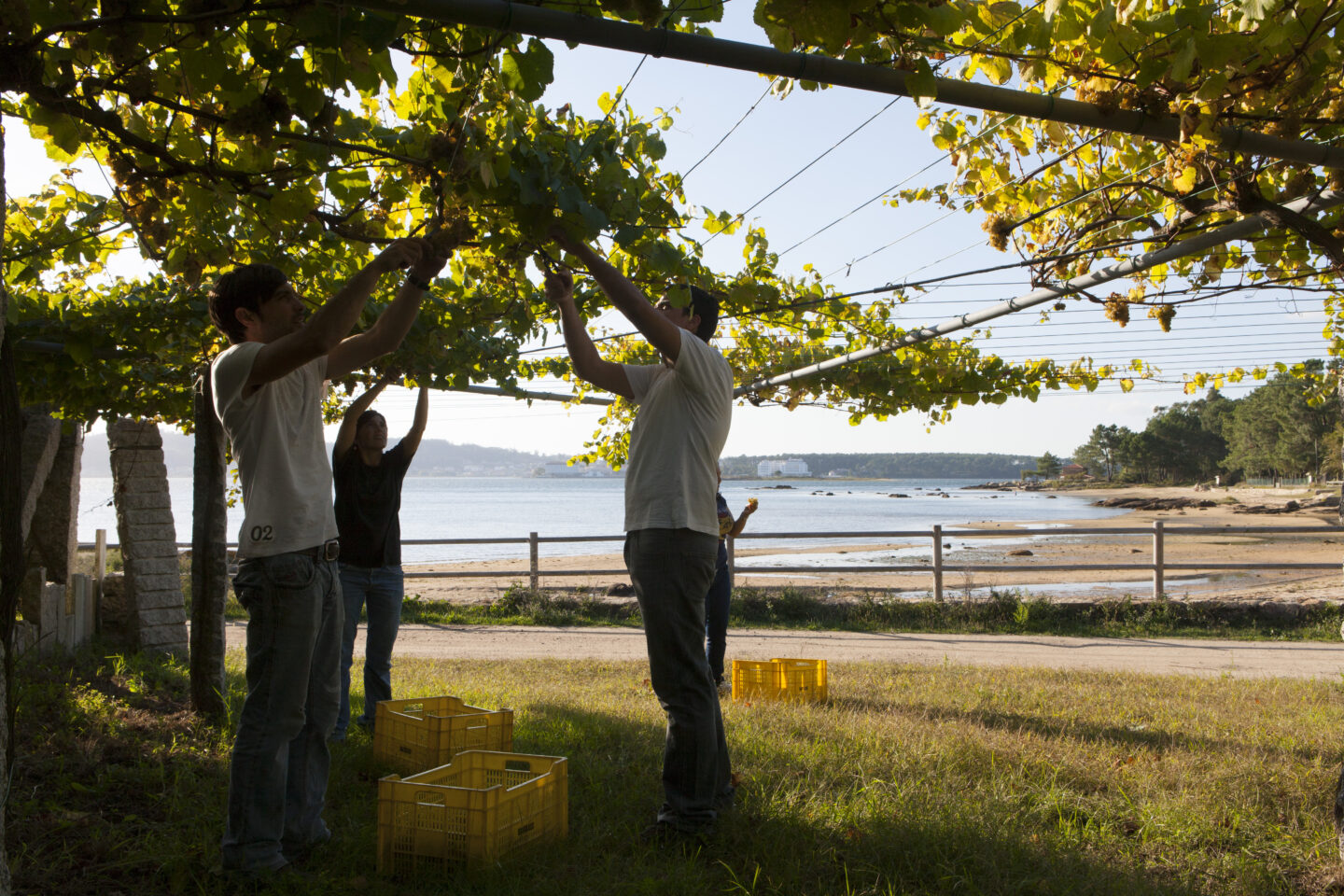
Due to its ability to thrive in the region’s unique climate, Albariño has always been the flagship grape of Rías Baixas. In fact, Albariño had its own dedicated denomination starting in 1980. La Denominación Específica Albariño was changed to DO Rías Baixas in 1988 after Spain joined the E.U., but the grape still accounts for 95% of all plantings in the region.
Many of the growers and producers in Rías Baixas are small, family-owned operations with deep connections to the land. These winemakers drive their success with a passionate pursuit of quality. It is within these family legacies that the heart of Rías Baixas beats.
Though history and heritage are hallmarks of Rías Baixas, an innovative and progressive mindset has allowed the region to keep up in a fast-moving, expanding global wine industry. More than 50% of the winemakers here are women. This, too, is linked to the heritage of the region as historically, seafaring men were away while the women were left at home to run the farms. The modern generation of female winemakers are contributing greatly to the development of new styles of Albariño with fresh, innovative techniques.
Regional Subzones
The region has five subzones that each produce their own twist on the classic Albariño.
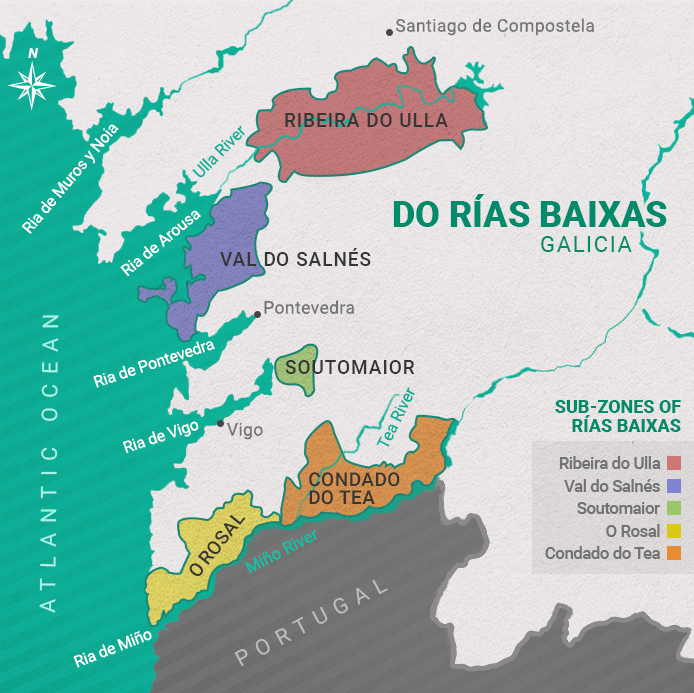
Ribeira do Ulla
This is a fully landlocked zone in the northwest of the region, dissected by the Ulla River. It is the newest subzone, incorporated in 2000. Albariño wines made here are fuller bodied, fruity, and easy to drink.
Val do Salnés
Val do Salnés is situated in the northern half of the region and is the oldest of the subzones. This is the birthplace of Albariño. It features the most coastline of any of the subregions and therefore is the coolest and dampest. The wines of this subregion tend to be crisp, aromatic, and contain a melon flavor characteristic.
Soutomaior
Soutomaior is on the coast in the center of the larger region in the hills of the Rías de Vigo. This is the smallest of the subzones. The wines from this region display more minerality and higher acidity.
O Rosal
O Rosal is a small subzone on the northern bank of the Miño River facing Portugal on the southern bank. The Albariño wines produced here are often softer with more peachiness in the flavor profile.
Condado do Tea
This is a mountainous region along the Miño River and the second largest subzone. Because it is located inland, it is a warmer, drier area. Condado do Tea Albariño displays more earthiness on the palate.
Albariño Styles and Winemaking
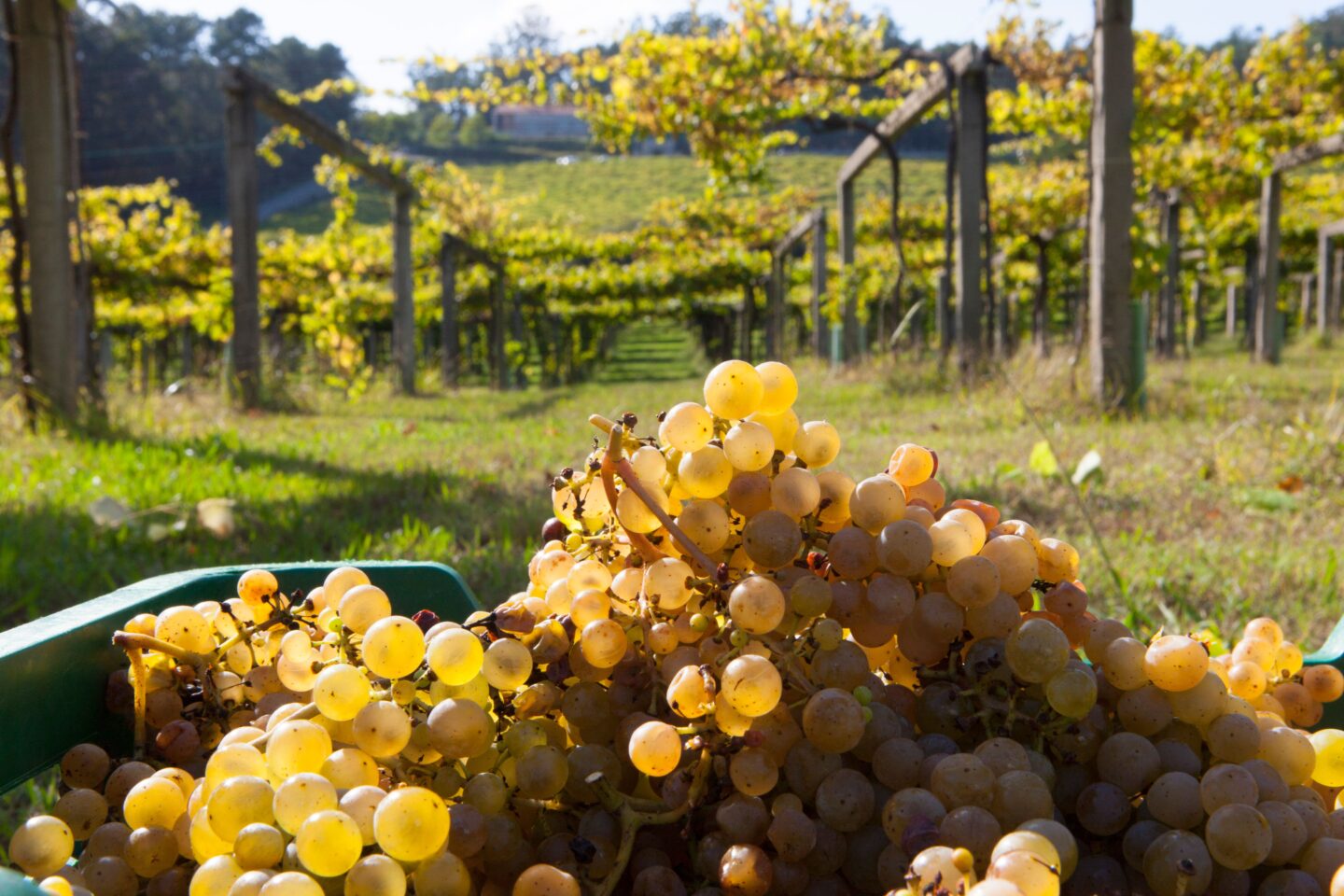
Albariño’s most classic style is fresh and fruity with notes of citrus, white flowers, stone fruit, and salinity. However, this grape can be produced in a range of styles from fresh and early drinking to ageable wines with complexity and texture often achieved through lees contact.
Lees aging is a process by which the wine spends time in contact with dead yeast cells called “lees.” This technique imparts flavors and aromas of bread and brioche, as well as a creamier texture on the palate while also protecting it from oxidation. It is this technique that contributes to the wine’s ability to age in the bottle.
Perfect Pairings
Whether the wine is fresh and fruity or rich and complex, there is always a perfect pairing for Albariño. One of the best routes to take when pairing Albariño from Rías Baixas is to follow the rule, “what grows together goes together.” Albariño is from a coastal region and therefore pairs perfectly with a range of seafood dishes. Think: ceviche, oysters, lobster, and stone crab for fresher styles of wine, and heartier dishes such as fried chicken, pasta with clams in cream sauce, or richer fish or poultry dishes paired with a more complex lees contact Albariño.
America Loves Albariño
The U.S. has been the leading export market for the Albariño wines of DO Rías Baixas for the past two years, generating over $19 million in sales in 2022 alone. To celebrate this world-class white wine’s meteoric rise, the wineries of Rías Baixas will be journeying across the Atlantic this October for a special multi-city US tour with stops in Miami and Washington DC. Top representatives will present a full range of wines from the region’s best producers including latest releases, cellar-worthy añadas, espumosos, and even tintos.
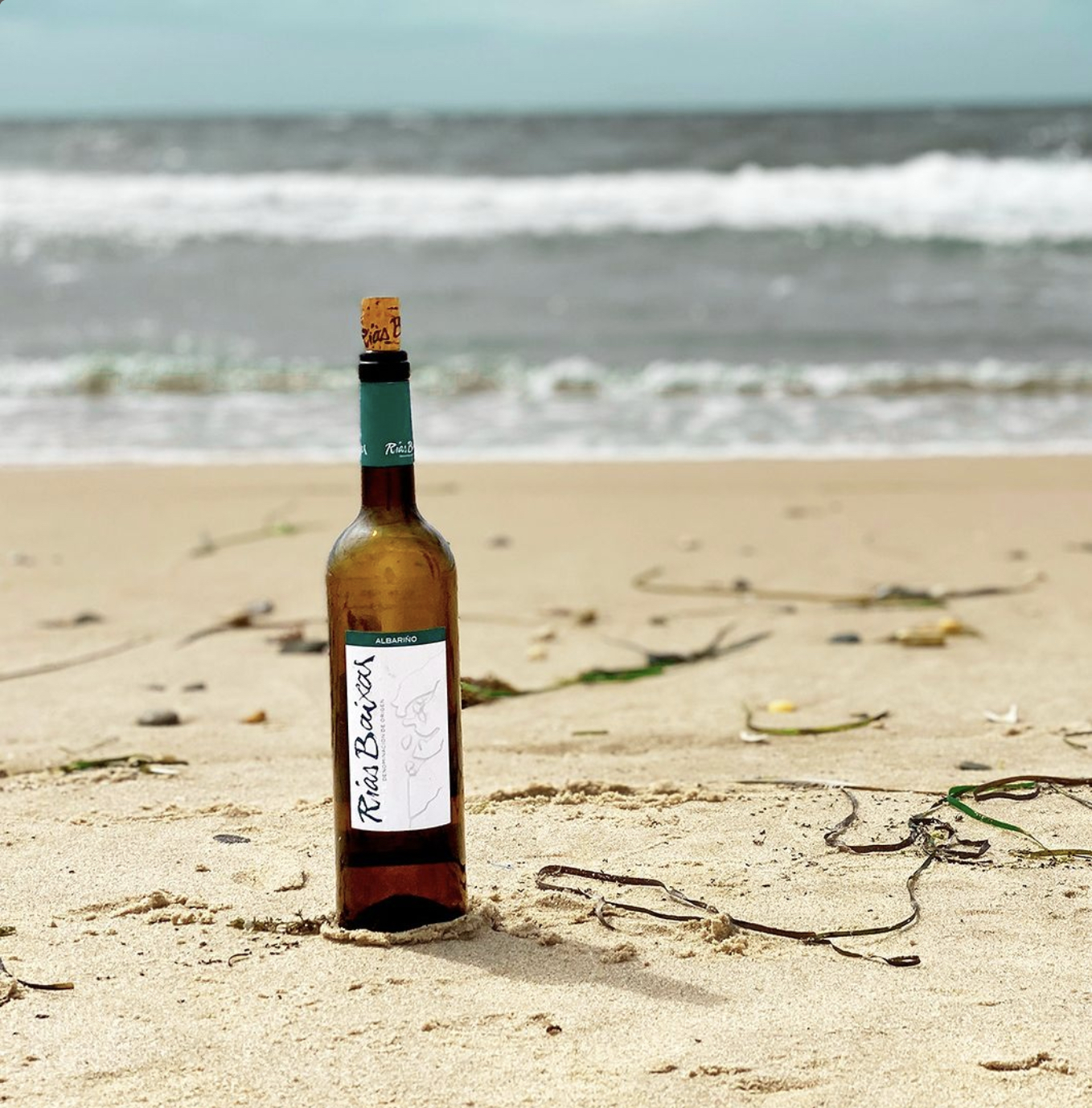
To follow along and to learn more about DO Rías Baixas, be sure to follow @RiasBaixasWines on Instagram for all the latest from the tour and beyond and visit www.RiasBaixasWines.com to sign up for their quarterly newsletter.
This article is part of a partnership with Denomination of Origin (DO) Rías Baixas.
Find more articles about wine regions and styles in our Wine section on Wine Guide Miami.